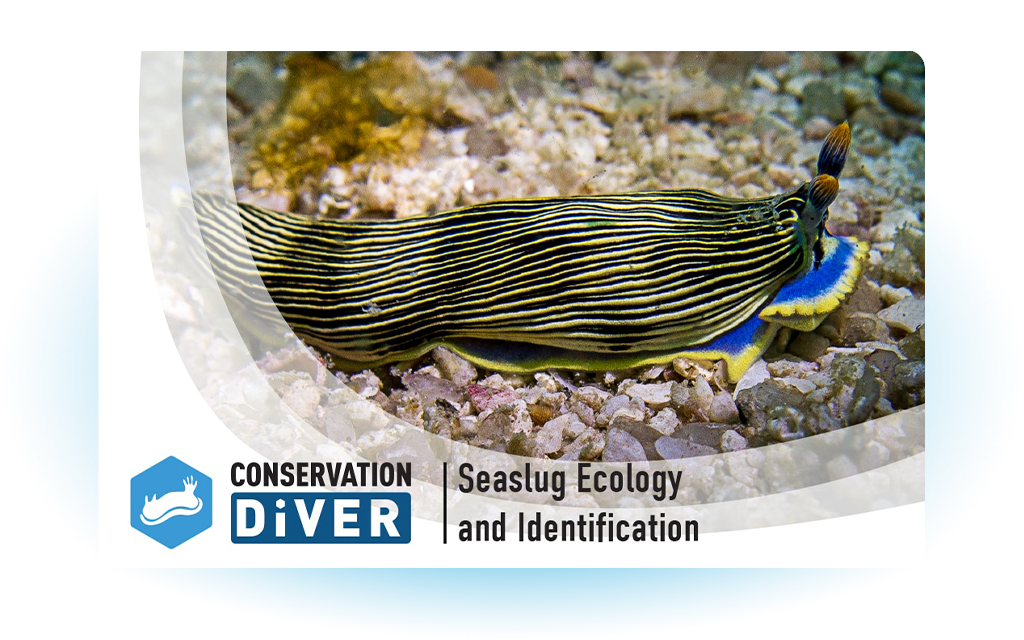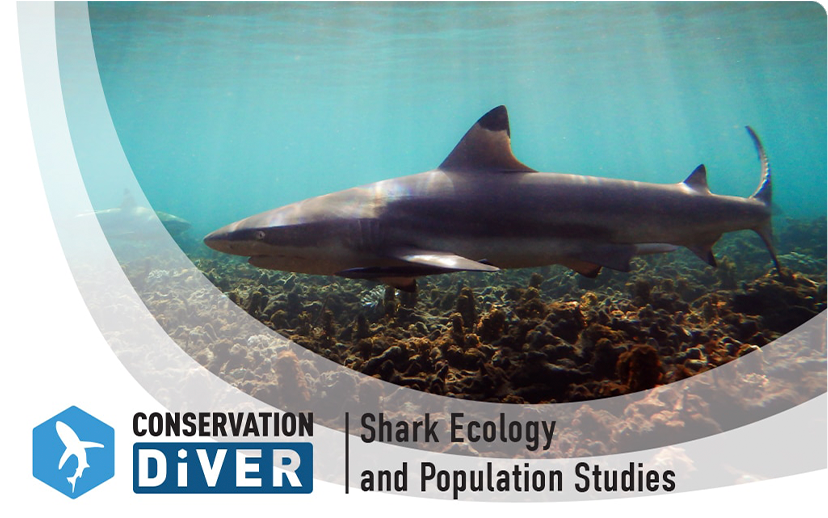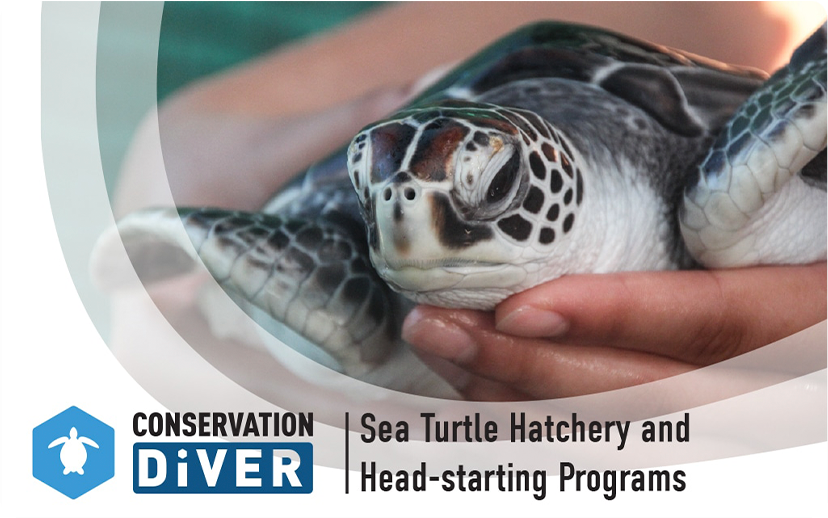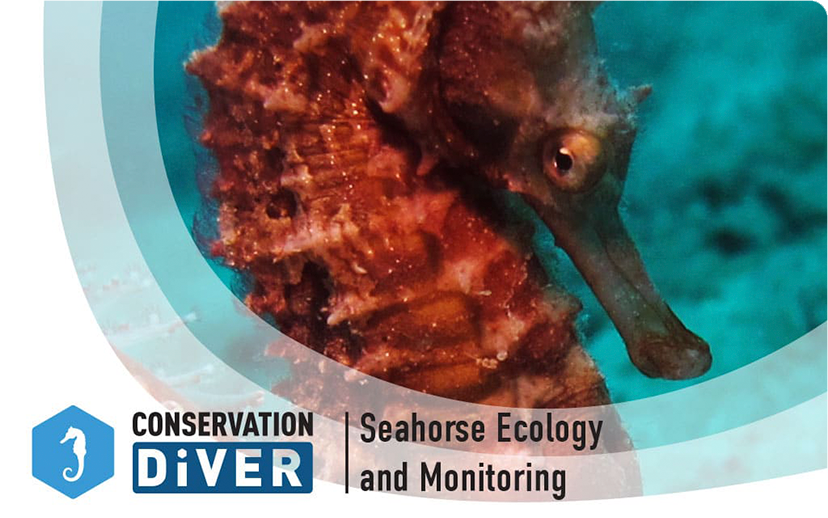
Nudibranch & Sea Slug Ecology
Nudibranchs, and other sea slugs, are a diverse and fascinating group of marine gastropods that have developed very colorful and ornate forms. Apart from being a favorite sighting by divers and photographers, their biodiversity is an indicator of total reef diversity, and also can be used when assessing changes in the physical or biological composition of marine areas in the face of disturbances. In our course you will learn about the ecology and taxonomy of sea slugs, and about how to conduct scientific surveys to monitor their abundance and diversity.
Develop skills to differentiate sea slug families based on anatomy.
Understand the global ecological and economic roles of sea slugs.
Master diverse survey methods for marine invertebrates in muck.
Familiarize yourself with hierarchical taxonomy and identification techniques.
Program Eligibility and Requirements
To join the Nudibranch & Sea Slug Ecology Program, participants need to meet the following criteria:
- Age Requirement: Applicants must be 12 years of age or older.
- Diver Certification: Applicants should hold certification as an Advanced diver from a recognized diving organization such as PADI, SSI, RAID, or similar. Alternatively, Open Water divers can be eligible if they have successfully completed a buoyancy appraisal under the guidance of a professional diver.
- Diving Proficiency: Applicants need to showcase advanced diving skills, including excellent buoyancy control and self-awareness.
Upon Enrollment in the Course, participants will be required to:
- Attend the nudibranch and sea slug lecture
- Complete the Sea Slug Quiz with a passing grade of at least 80%
- Attend at least 1 briefing involving procedures for diving in soft-sediment habitats (aka. muck habitat)
- Conduct at least 1 survey to observe and record sea slugs
- Complete identification of 2 different species (underwater or using photos) using online and library resources
Published papers and reports derived through the teaching of this course
- A new species of coral-feeding nudibranch (Mollusca: Gastropoda) from the Gulf of Thailand. by Rahul Mehrotra, Spencer Arnold, Adam Wang, Suchana Chavanich, Bert W. Hoeksema & Manuel Caballer
- Selective consumption of sacoglossan sea slugs (Mollusca: Gastropoda) by scleractinian corals (Cnidaria: Anthozoa) by Rahul Mehrotra, Coline Monchanin, Chad M. Scott, Niphon Phongsuwan, Manuel Caballer Gutierrez, Suchana Chavanich, Bert W. Hoeksema
- The extraordinary genus Myja is not a tergipedid, but related to the Facelinidae s. str. with the addition of two new species from Japan (Mollusca, Nudibranchia) by Alexander Martynov, Rahul Mehrotra, Suchana Chavanich, Rie Nakano, Sho Kashio, Kennet Lundin, Bernard Picton and Tatiana Korshunova
- The formerly enigmatic Unidentiidae in the limelight again: a new species of the genus Unidentia from Thailand (Gastropoda: Nudibranchia) by Tatiana Korshunova, Rahul Mehrotra, Spencer Arnold, Kennet Lundin, Bernard Picton and Alexander Martynov
- On the genus Armina (Gastropoda: Heterobranchia: Nudibranchia) in Thailand by Rahul Mehrotra, Manuel Caballer Gutierrez and Suchana Chavanich
- Species inventory of sea slugs (Gastropoda: Heterobranchia) for Koh Tao, Thailand, with 25 first records for Thai waters by Rahul Mehrotra and Chad M. Scott
- Predation on a sacoglossan gastropod by a mushroom coral by Rahul Mehrotra, Chad M. Scott, Joel M. Rohrer and Bert W. Hoeksema
- A new species of coral-eating nudibranch
- Corals Have Evolved to Eat Sea Slugs
- The Koh Tao Team Makes a New Nudibranch Discovery
- A New species of Sea Slug – Found on Koh Tao










